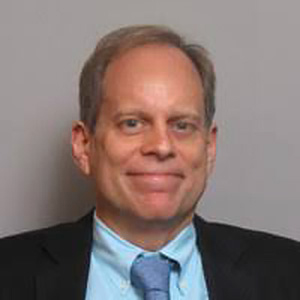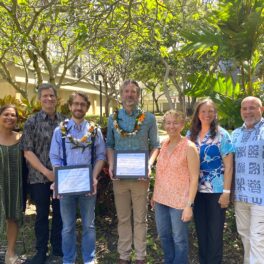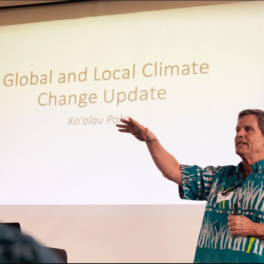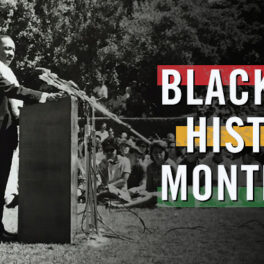
Dr. David B. Parsons
Dr. David Parsons is a Presidential Professor and Director Emeritus within the School of Meteorology at the University of Oklahoma (OU). He also serves as a member of the OU President’s Academic Program and Budget Advisory Committee that is developing a strategic framework for the future of the University. Prior to holding these positions, Dr. Parsons was the Director of OU’s School of Meteorology, one of nation’s largest programs in the atmospheric sciences, for eight years beginning in 2010. He led the School’s successful efforts to broaden their educational and research portfolio through a series of seven new faculty hires. Dr. Parsons received his Bachelor of Science in Meteorology with Highest Honors in three years from Rutgers University. He then went on to earn a PhD in Atmospheric Sciences from the University of Washington as a member of the Cloud and Aerosol Research Group led by his advisor, the late Dr. Peter V. Hobbs. Dr. Parsons’ current research expertise spans atmospheric dynamics, global numerical weather prediction, extremes in the climate system, polar processes, and atmospheric convection. These topics are investigated through the utilization of observational analyses, numerical modeling, and, most recently, the exploration of statistical deep learning approaches.
Prior to his appointment at OU, Dr. Parsons was a Senior Scientist at the National Center for Atmospheric Research (NCAR). His career at NCAR was increasingly marked by involvement in scientific management and in the leadership of large interagency and international field campaigns, such as IHOP_2002 over the central U.S., CONCORDIASI in Antarctica, and T-PARC spanning the North Pacific Basin. In 2001, Dr. Parsons became the founding Manager of NCAR’s Research Technology Facility, overseeing the development, maintenance, and deployment of atmospheric remote sensing and in-situ measurement facilities for the National Science Foundation’s (NSF’s) Lower Atmosphere Observing Facility. Major instrumentation advances during this time included the development of the REAL aerosol lidar, a miniaturization of the dropsonde, major upgrades to the S-Pol radar, and the development of remote-controlled dropsonde deployment systems for high altitude aircraft and for stratospheric ballooning systems deployed by the French Space Agency (CNES). While at NCAR, Dr. Parsons also founded the US THORPEX Project Office in 2003 under multi-agency support to organize and oversee the national contribution to this ten-year international program organized under the World Meteorological Organization (WMO). His role in the international THORPEX program expanded and in 2008, he became Chief of the World Weather Research Division within the WMO. In this United Nations diplomatic post, Dr. Parsons administered the World Weather Research Program (WWRP) including the donor-supported THORPEX International Project Office. The WWRP including THORPEX was designed to advance atmospheric science research, operational weather prediction from nowcasting to seasonal time-scales, and the utilization of weather products. The WWRP including THORPEX had numerous projects in polar regions, the Pacific and Atlantic Basins, Africa, Asia, Europe, and the Americas. The WWRP was also multi-disciplinary with projects that involved social scientists, health researchers, and climate and earth system scientists.
Dr. Parsons is a Fellow of the American Meteorological Society and has served on the Fellow Selection Committee for the Atmospheric Science Section of the American Geophysical Union. He is also a founding cochair of the Global Weather Enterprise Forum that currently plays an advisory role to the World Bank’s Global Facility for Disaster Risk Reduction. His service record includes the membership on the OU Vice-President for Research’s Task Force on the Future of University Strategic Organizations, chairing the External Review Committee of the German Hans-Ertel Center for Weather Research, serving on the European Commission’s Advisory Board for the INCA (Integrated Nowcasting through Comprehensive Analysis) program, participating in review panels for NSF, NASA, and the Department of Energy, involvement in an NSF-supported effort to improve graduate education across the geosciences, and editorships of scientific journals. He has lectured or presented invited talks in twenty-four nations. Despite job duties since 2001 that have included a significant focus on administration, Parsons is author or co-author of 75 articles with nearly 6000 citations (google scholar).
Download Dr. Parsons’ campus visit schedule as a PDF (updated 11-20-19).
Download Dr. Parsons’ CV as a PDF.




